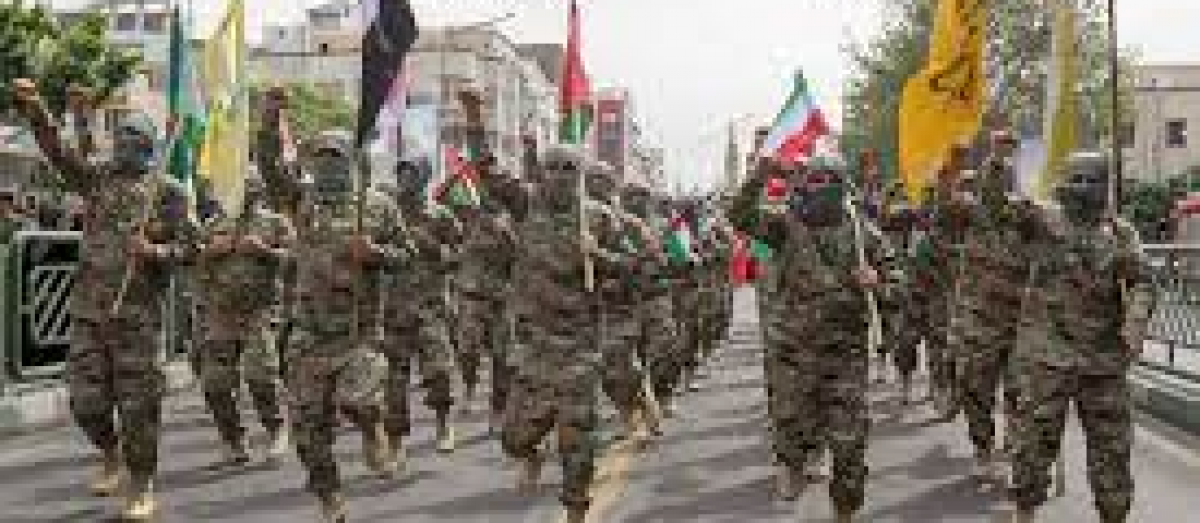
The Palestine Liberation Organization (PLO) and the rise of Hamas represent significant chapters in the history of Palestinian governance and politics.
The PLO and Its Evolution:
The PLO, established in 1964, was initially dominated by Arab nationalist groups and was recognized internationally as the sole legitimate representative of the Palestinian people. Yasser Arafat, one of its founding members, became the face of the Palestinian national movement. The PLO’s early years were marked by armed struggle against Israel, but over time, it shifted towards a more diplomatic approach.
In the late 1980s and early 1990s, the PLO, under Arafat’s leadership, began to engage in peace negotiations with Israel, leading to the Oslo Accords. These agreements, signed in 1993 and 1995, created the Palestinian Authority (PA) as a temporary governing body in parts of the West Bank and Gaza Strip, with the aim of eventually establishing a Palestinian state.
The Rise of Hamas:
Hamas, founded in 1987 during the First Intifada, emerged as a significant force in Palestinian politics. It positioned itself as an Islamic alternative to the secular PLO and opposed the Oslo Accords, which it viewed as a betrayal of Palestinian aspirations. Hamas gained popularity, particularly in the Gaza Strip, through its extensive network of social services and its stance against Israel.
The Split in Palestinian Governance:
The Palestinian political landscape dramatically changed after the death of Yasser Arafat in 2004 and the subsequent Palestinian legislative election in 2006. In this election, Hamas won a surprising victory, securing a majority of seats in the Palestinian Legislative Council. This victory was not recognized by Israel and many Western countries due to Hamas’s status as a terrorist organization and its refusal to recognize Israel, renounce violence, and accept previous agreements between the PLO and Israel.
The tension between Hamas and Fatah (the leading faction within the PLO) escalated into a violent conflict, particularly in the Gaza Strip. In 2007, Hamas forcibly took control of Gaza, leading to a de facto split in Palestinian governance: the Fatah-dominated Palestinian Authority in the West Bank, and the Hamas-controlled Gaza Strip.
Current Governance Structure:
As of my last update in January 2022, the Palestinian territories are thus divided in terms of governance:
- The West Bank: Under the control of the Palestinian Authority, led by the Fatah party. The PA has limited self-governance in certain areas, with overall security and administrative control divided between the PA and Israel, as per the Oslo Accords.
- The Gaza Strip: Controlled by Hamas, which operates its own government separate from the Palestinian Authority. The Gaza Strip faces significant economic and infrastructural challenges, partly due to blockades imposed by Israel and Egypt.
This division has led to a complex and often fractious political landscape, with ongoing challenges in terms of reconciliation between Hamas and Fatah, and the broader goal of Palestinian statehood. The situation remains dynamic and subject to change based on political developments in the region.




